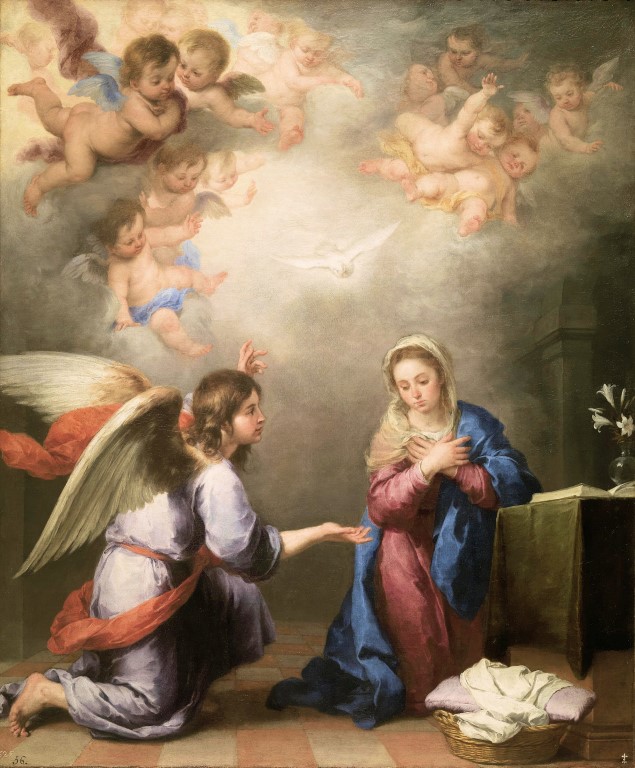The therapeutic mentality and liturgy
 James Hitchcock wrote The Recovery of the Sacred in 1974 and, dusting off my copy of the first edition, I see that I read it in 1977. A year later, I read his earlier (1972) book "The Decline and Fall of Radical Catholicism". Hitchcock has a flair for bringing sociological and anthropological analysis to bear on matters of liturgy with devastating effectiveness.
James Hitchcock wrote The Recovery of the Sacred in 1974 and, dusting off my copy of the first edition, I see that I read it in 1977. A year later, I read his earlier (1972) book "The Decline and Fall of Radical Catholicism". Hitchcock has a flair for bringing sociological and anthropological analysis to bear on matters of liturgy with devastating effectiveness.In the latest issue of Adoremus, which arrived here yesterday, he has an article discussing "how the therapeutic mentality affects the culture and Catholic worship." He draws from the work of the Jewish sociologist Philip Rieff whom Hitchcock describes as "not friendly to the Catholic Church overall" although he likes such things as the poetry of Gerald Manley Hopkins and Bach's B Minor Mass.
Hitchcock applies Rieff's description of cultural change to the Liturgy, and specifically to the change that took place in the Liturgy in many places after the Second Vatican Council. Thus, before the Council, generally speaking,
Liturgy was interdictive in that, while it was fundamentally affirmative, it also required boundaries and prohibitions, both a physically enclosed sacred space and “rubrics” — specific requirements by which the necessary conditions of authentic worship were defined — in order to support a sense of reverence. Violations of rubrics or of sacred space were transgressive, thereby instilling dread in the transgressor.This was replaced by a very different understanding of worship:
Liturgy, precisely because it was the most sacred action in which human beings could take part, demanded the highest degree of self-abnegation and therefore carried the highest degree of guilt (“Lord, I am not worthy”).
Post-conciliar Catholic “renewal” was immediately caught up in the general cultural crisis of which Rieff was the most acute diagnostician, and the ultimate root of the liturgical crisis was precisely the flight from the sense of guilt, something that required a radical redefinition of the nature of worship itself, even though the Council did not officially support such a redefinition.It is important to note that Hitchcock does not argue that this change in attitude to the Liturgy was in any way an authentic expression of the documents of Vatican II or indeed the rubrics of the Novus Ordo. What he describes is what in fact took place, and is still widespread.
Liturgical innovators avoided credal affirmations precisely in order to escape acknowledgement of human sinfulness, and with remarkable speed the central meaning of the Mass — the salvation of sinners through the sacrifice of Jesus on the cross — was obscured, even denied, in favor of celebrating human goodness, bubbling up in an atmosphere of mutual affirmation.
I think that he is right in his description of the reason for the fear of "going back" which we so often hear in any debate about the use of more traditional forms of Liturgy.
Some of the often rancorous debates over Catholic liturgy cannot be resolved because they are fundamentally irrational, touching deep nerves in people that they often do not understand. The use of the Latin language, Gothic architecture, traditional vestments, and other such things incite in liturgical liberals a panicky fear of being pulled back into a world in which guilt would again be appropriate.The full article is available online at the Adoremus website: James Hitchcock, Transgressive Liturgy
At the foot of his article, a note says that he has an intellectual biography of Christopher Dawson awaiting publication. That will certainly be worth reading.


